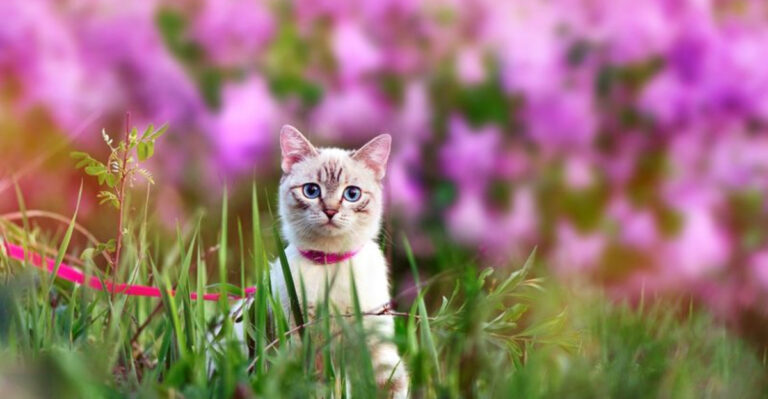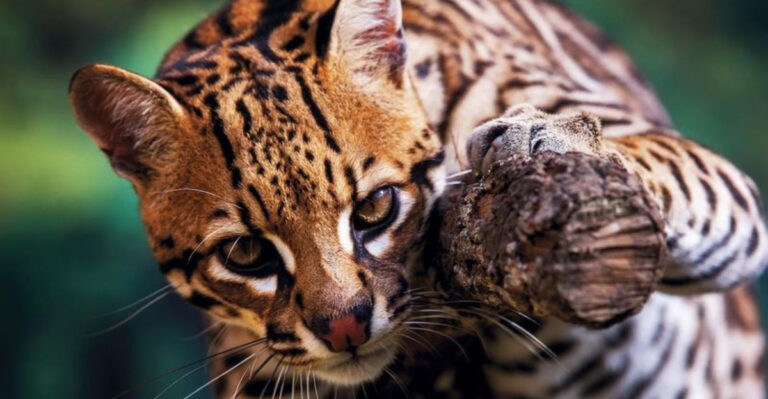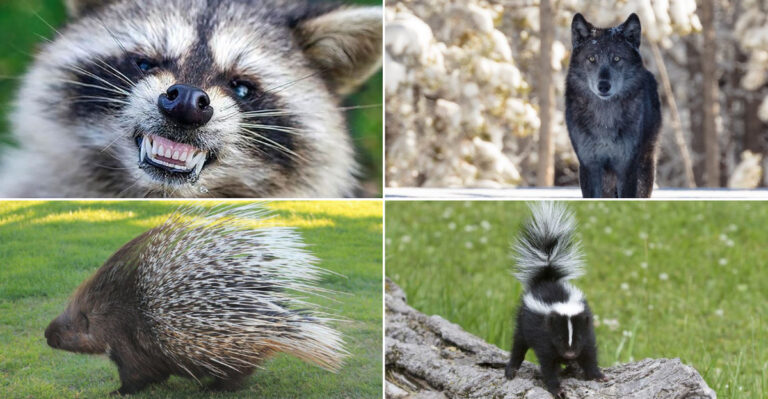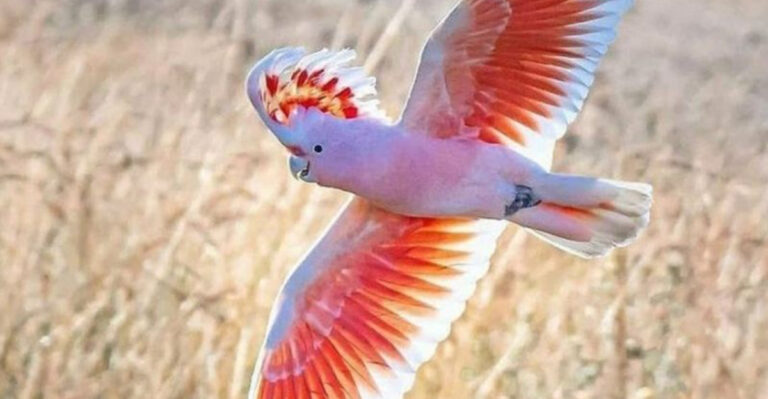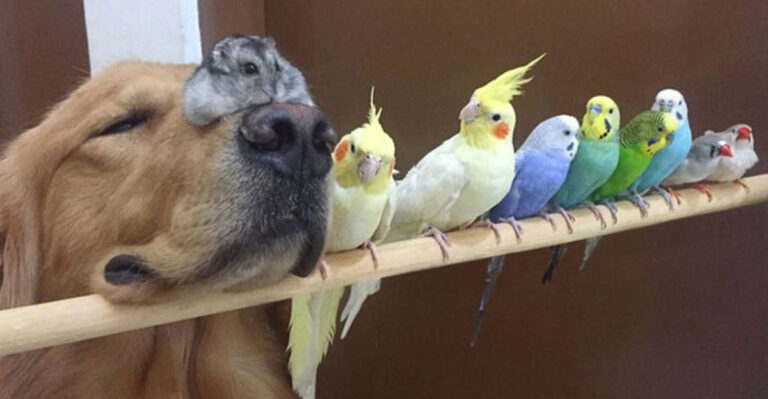14 Tiny Reassurances That Make A Big Impact On Cats
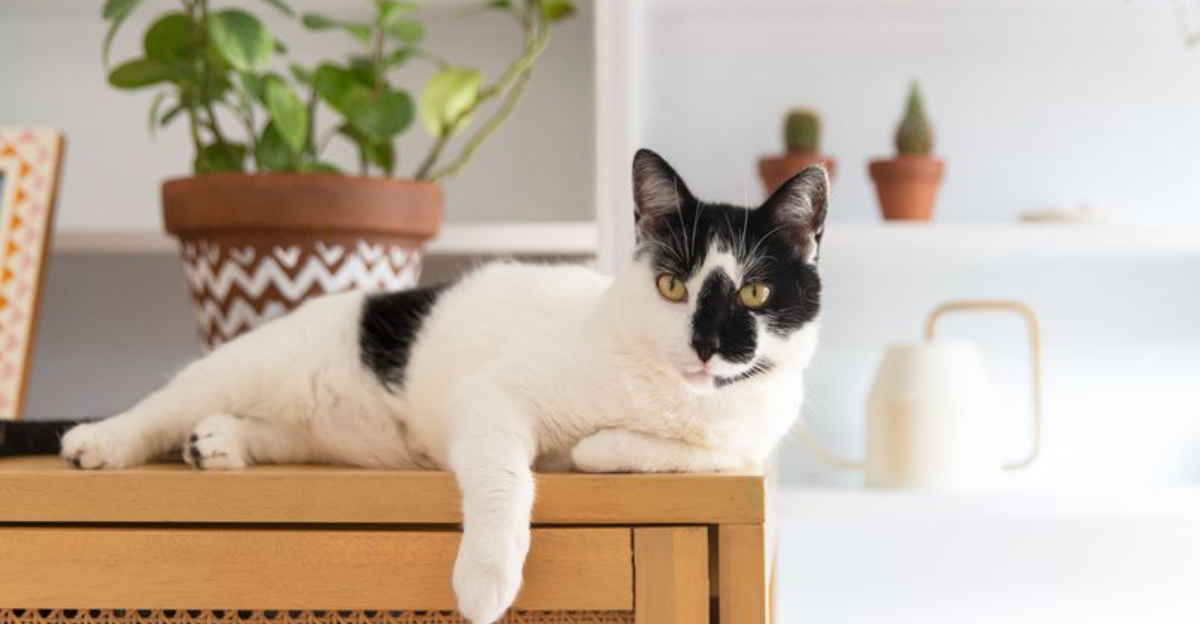
Ever notice how your furry feline friend seems to transform with just a little reassurance? Cats might seem independent, but they crave security and comfort just like we do.
These small gestures of reassurance can completely change your cat’s mood, confidence, and overall happiness in ways you might not expect.
1. Slow Blinks Speak Volumes
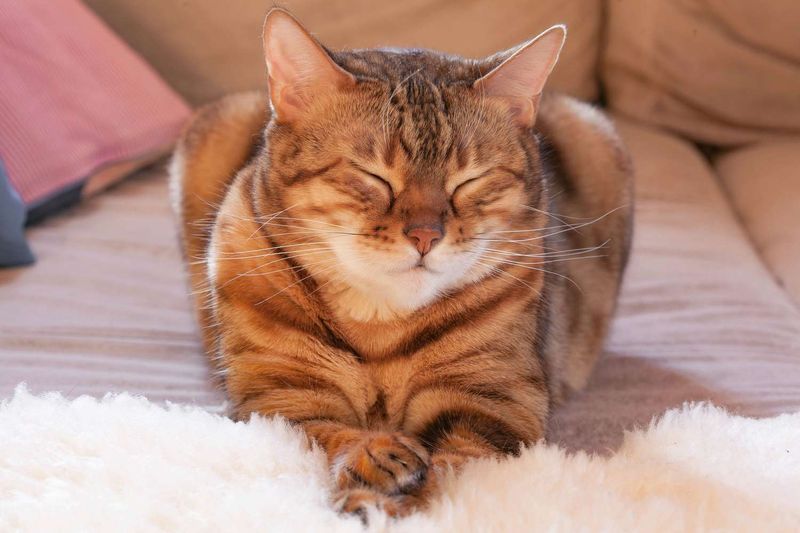
Making eye contact with your cat and slowly closing your eyes is like sending a kitty love letter. This gesture tells them you’re not a threat and actually trust them enough to be vulnerable.
Cats understand this ‘slow blink’ as a sign of deep affection. Try it when your cat seems nervous or uncertain – you’ll likely receive a slow blink back!
2. Consistent Feeding Schedule

Hunger triggers anxiety in cats. When meals arrive at predictable times, your feline friend can relax instead of worrying about when the next meal might appear.
Regular feeding creates a rhythm to their day and builds trust. Even if you’re using an automatic feeder, maintaining that schedule provides comfort that extends well beyond mealtime.
3. Respecting Their Safe Spaces
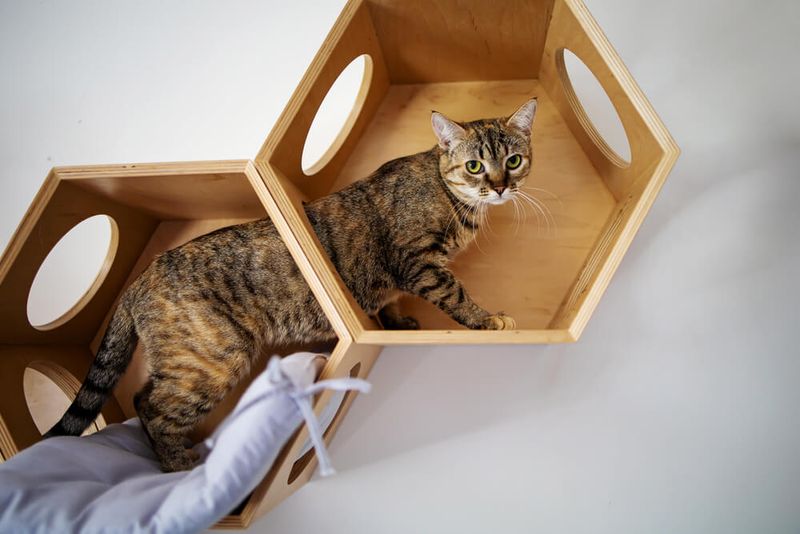
Underneath beds, inside closets, atop bookcases – these aren’t just hiding spots, they’re emotional sanctuaries for your cat. Never force a cat out of their retreat.
Allowing them this control over their environment builds immense security. When you respect their boundaries, cats learn they can trust you with their vulnerability, strengthening your bond tremendously.
4. Gentle Voice Tones
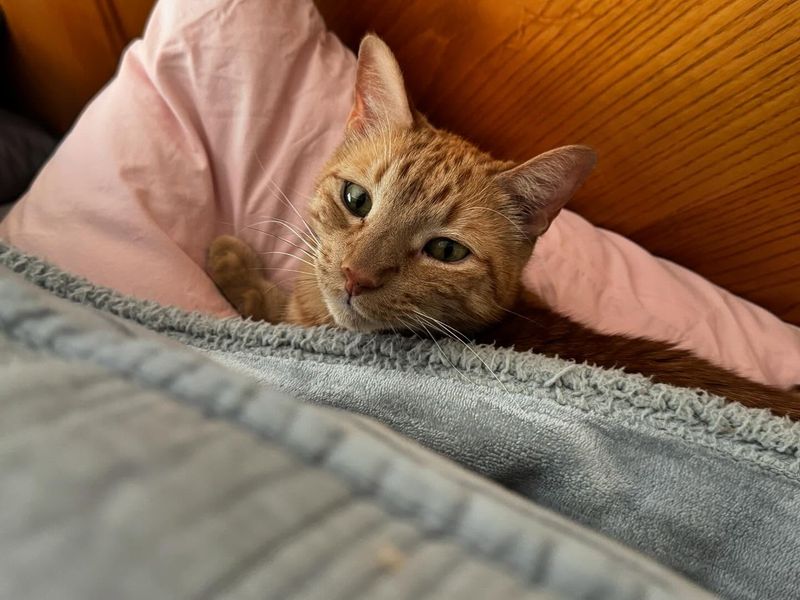
Sound sensitivity runs high in felines. Sharp, loud noises trigger their fight-or-flight response, while soft, melodic tones signal safety.
Speaking to your cat in gentle, higher pitches activates their comfort receptors. Notice how your cat’s ears relax forward when you use this special ‘cat voice’ – they’re literally tuning in to your reassurance.
5. Head Bumps Welcomed
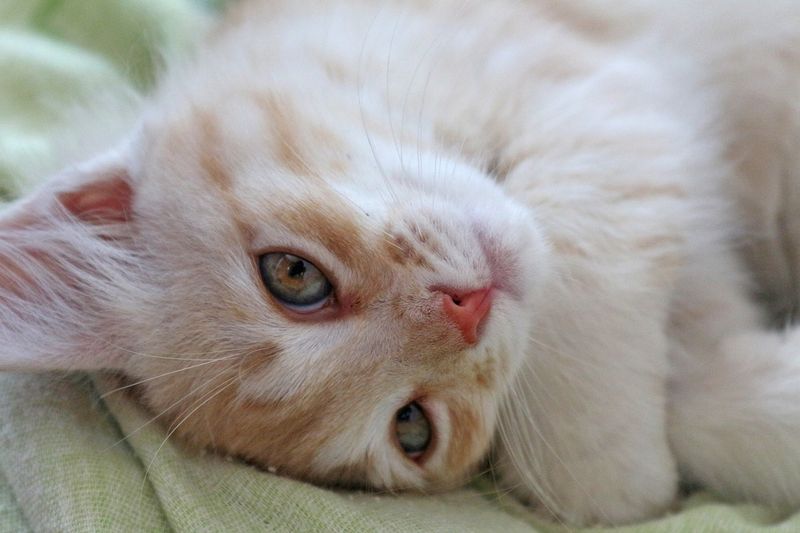
When your cat bumps their head against you, they’re actually marking you with scent glands as ‘safe territory.’ Leaning slightly into this gesture speaks volumes in cat language.
This mutual scent exchange creates a shared group smell that cats find deeply reassuring. By accepting their head bump, you’re essentially saying, ‘Yes, we belong together’ in perfect feline-speak.
6. Predictable Play Sessions
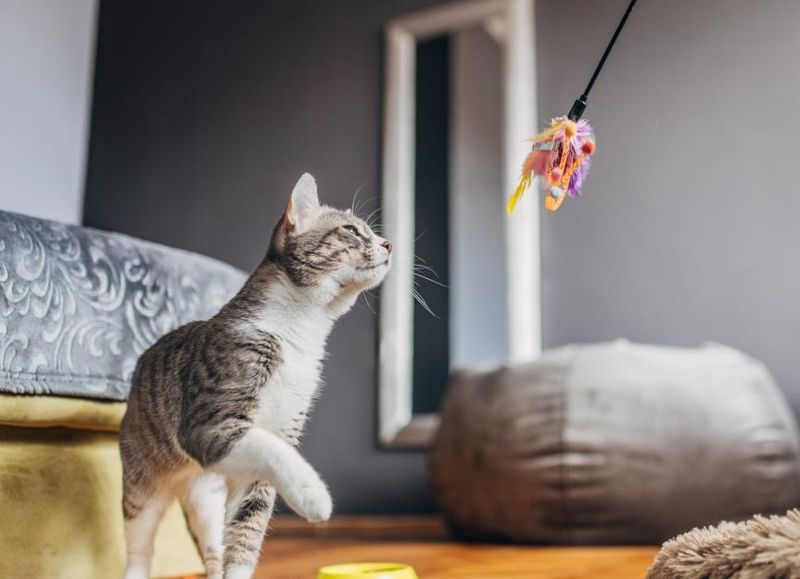
Surprise pounces might seem fun to us, but cats thrive on knowing when playtime happens. Scheduled play sessions create security through predictability.
Watch how a formerly anxious cat transforms when play becomes part of their daily rhythm. Their confidence grows as they learn they can count on this outlet for their hunting instincts.
7. Scent-Swapping Comfort
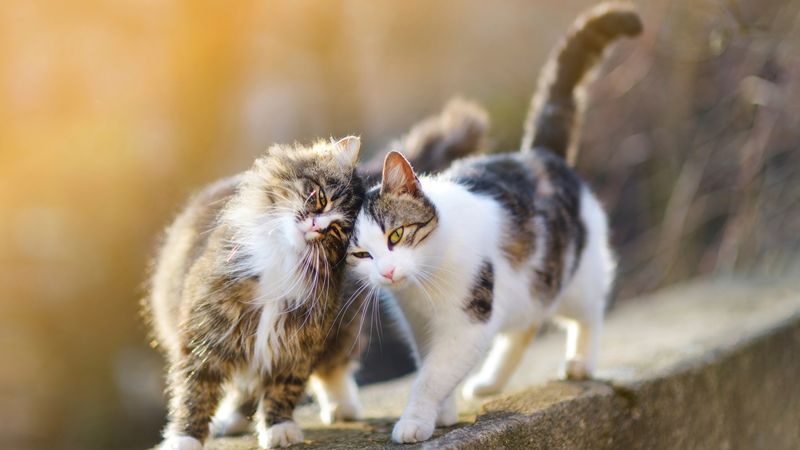
Leaving a worn t-shirt near your cat’s favorite napping spot provides tremendous comfort when you’re away. Your familiar scent creates an invisible security blanket.
Cats process emotions through smell far more than we realize. During vet visits or moves, bringing along a scent-infused item from home dramatically reduces stress and provides a touchstone of familiarity.
8. Unhurried Approaches
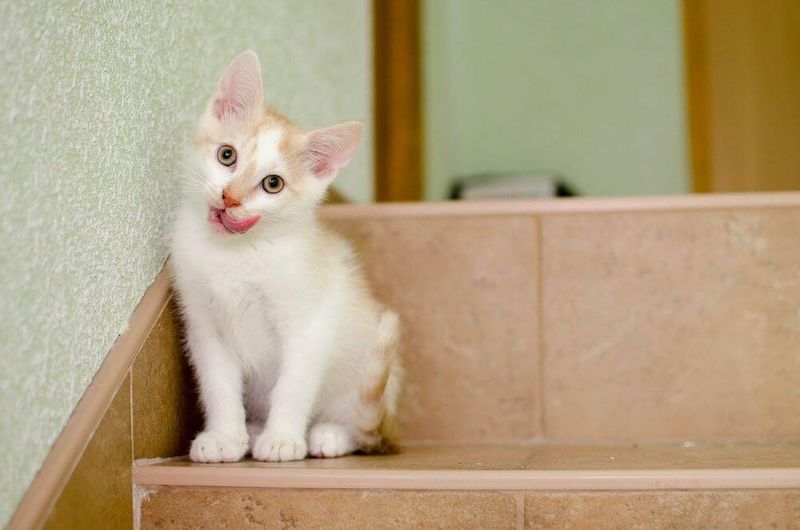
Rushing toward a cat triggers their prey instincts – suddenly they’re potential prey facing a predator. Moving slowly with relaxed body language sends powerful safety signals.
Try approaching while slightly averting your gaze rather than staring directly. This subtle shift communicates peaceful intentions. Even long-time pet cats appreciate this respectful, unthreatening body language.
9. Elevated Resting Spots
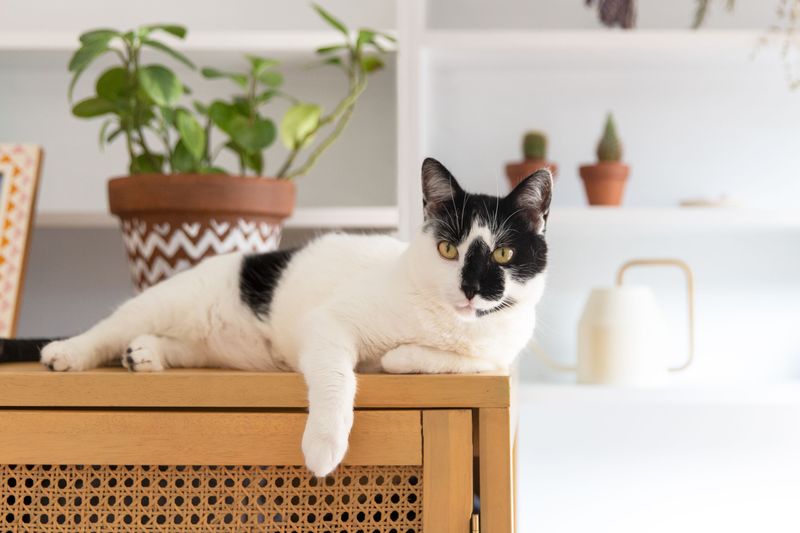
Surprising fact: a cat that can survey its territory from above feels dramatically safer than one confined to floor level. Height equals security in the feline world.
Providing window perches, cat trees, or cleared bookshelf space transforms anxious cats into confident observers. From these secure vantage points, cats can monitor potential threats while feeling protected.
10. Scratch-Friendly Zones
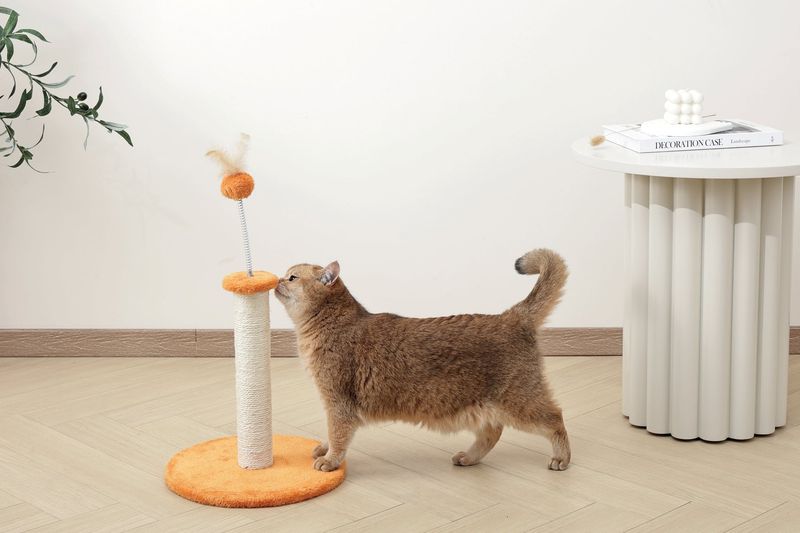
Scratching isn’t just about claw maintenance – it’s a powerful stress reliever and territory marker. When cats know they have approved scratching zones, anxiety levels drop noticeably.
Strategic placement of scratching posts near sleeping areas provides instant comfort. The ability to stretch, scratch, and leave their scent creates a bubble of security that helps cats feel settled.
11. Grooming Session Acceptance
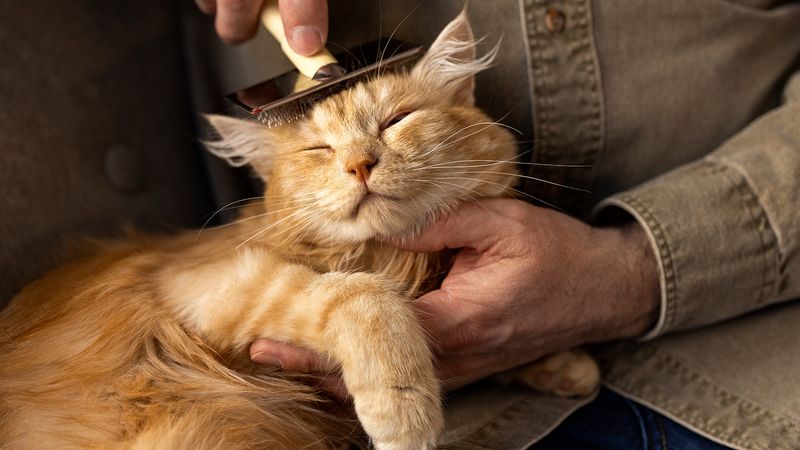
Mutual grooming ranks among the highest forms of trust in cat colonies. When you gently brush your cat, you’re mimicking this bonding behavior. Short, positive grooming sessions signal care and protection.
Many cats initially resist brushing but gradually recognize it as a nurturing gesture. Their eventual relaxation during grooming shows profound trust in your caretaking.
12. Retreat-Respecting Visitors

Instructing guests to ignore your cat completely removes pressure that many felines find overwhelming. This counterintuitive approach actually builds feline confidence faster than forced interactions.
When visitors let cats approach on their own terms, anxiety transforms into curiosity. The freedom to investigate strangers safely often results in formerly shy cats eventually seeking attention from trusted regular visitors.
13. Calming Background Sounds
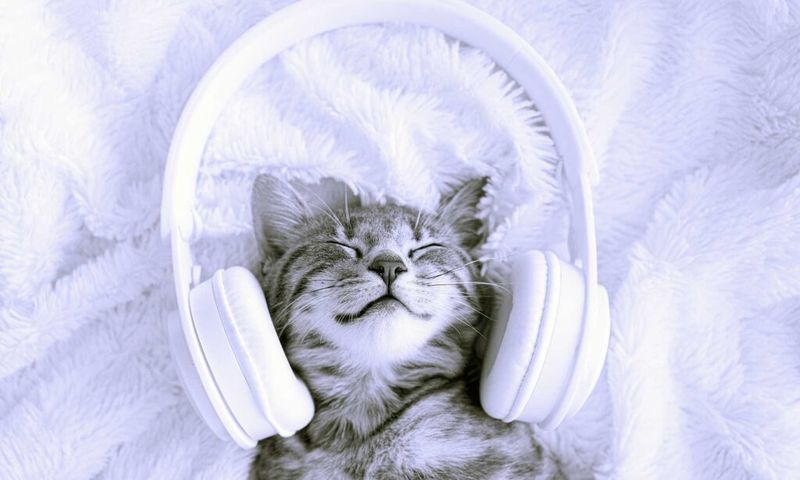
Complete silence can actually make cats more vigilant and jumpy. Gentle background noise masks startling sounds and creates a sound barrier that many cats find soothing.
Classical music at low volume or nature sounds like gentle rainfall provide auditory reassurance. Some cats even respond positively to specially designed feline music with purring undertones and bird-like frequencies.
14. Stress-Free Carrier Training
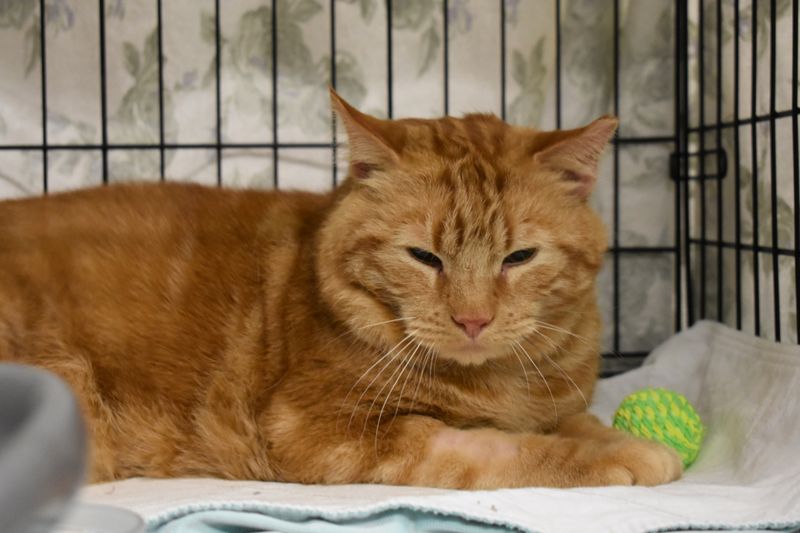
Travel carriers often trigger panic because they only appear before stressful events. Leaving the carrier out as everyday furniture completely transforms a cat’s perception.
Placing treats, toys, or comfortable bedding inside creates positive associations. Many formerly carrier-phobic cats eventually use their carrier as a voluntary napping spot when this simple reassurance technique is used consistently.

